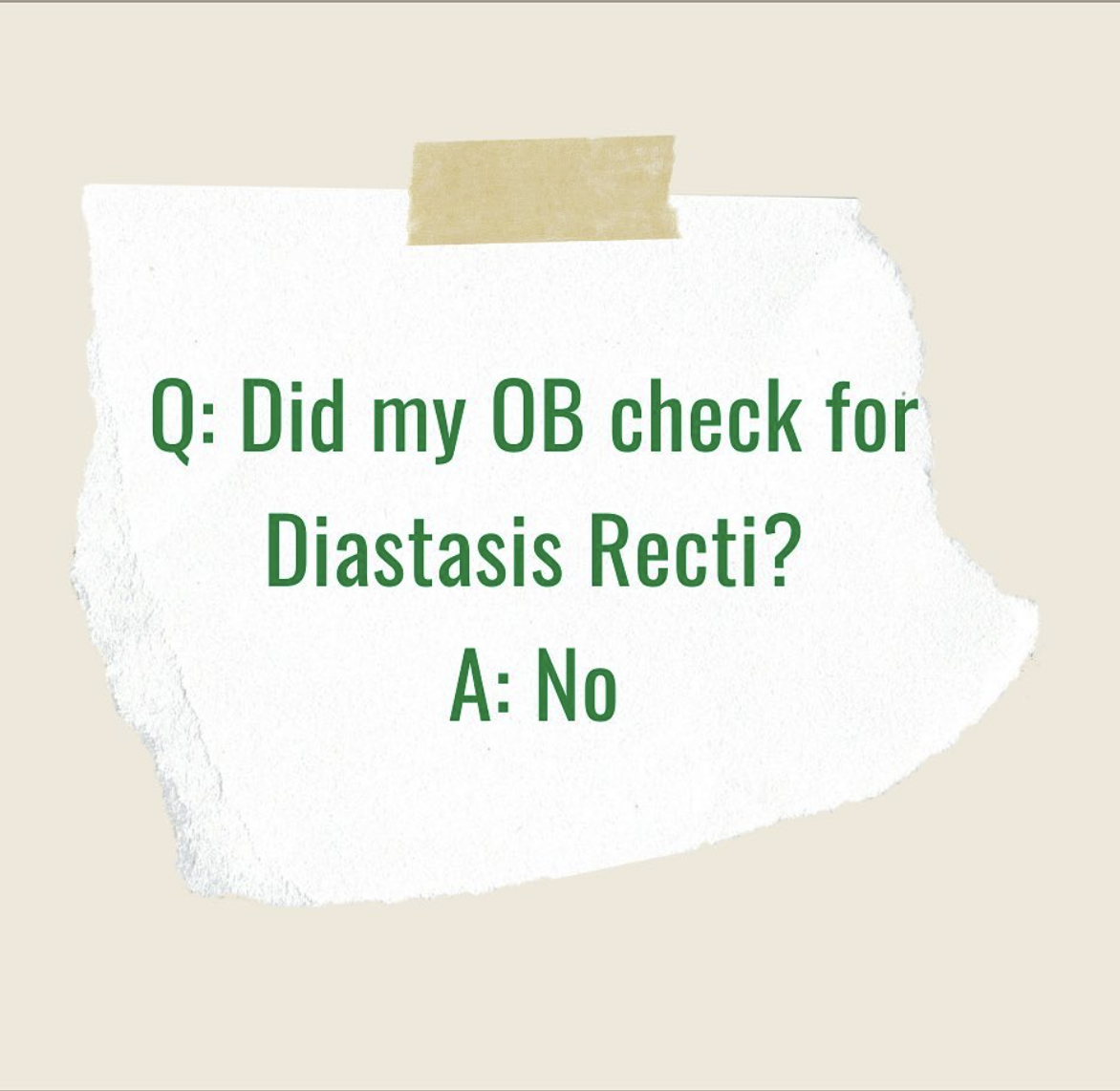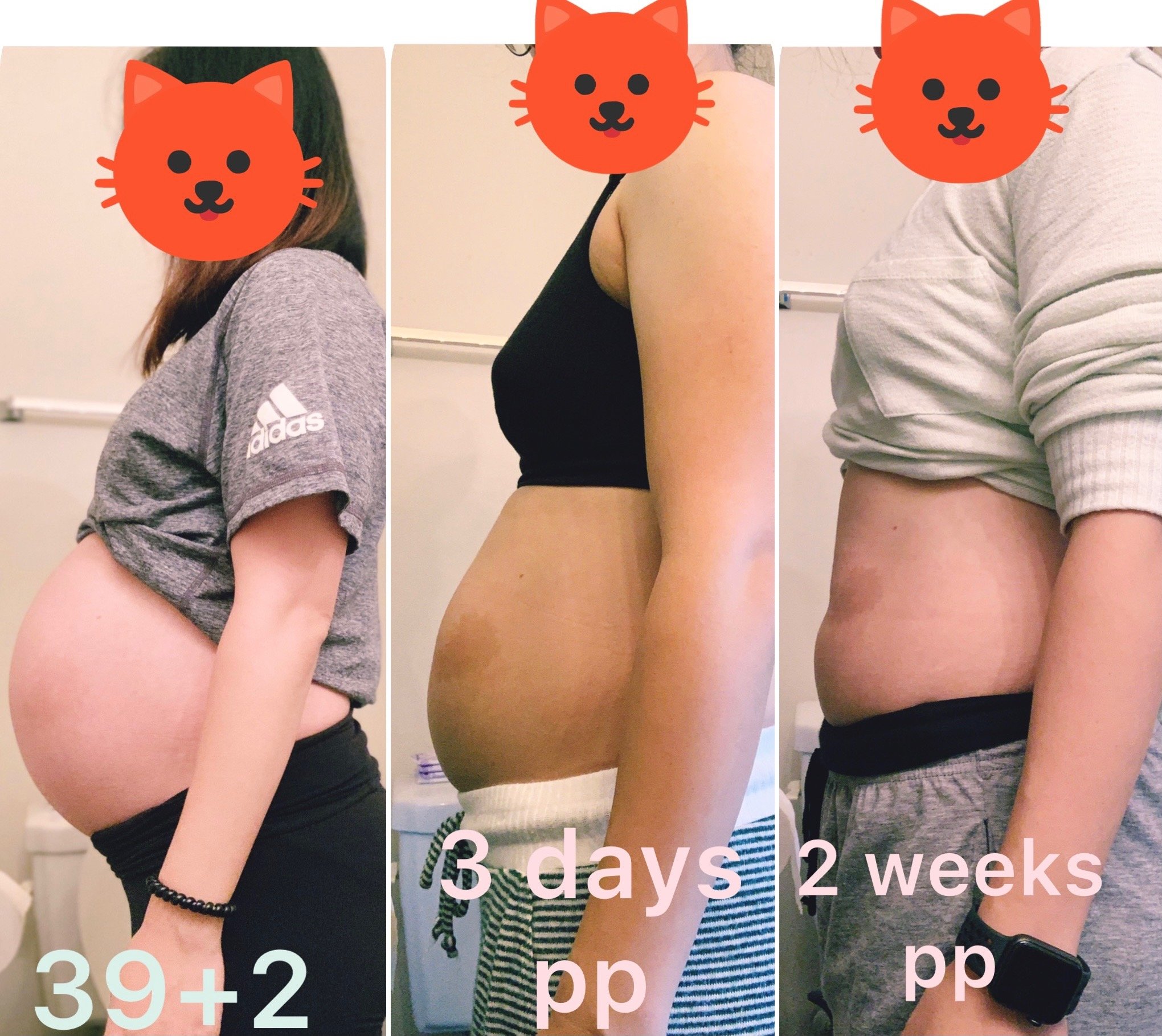The Benefits of Choosing an Out-of-Network Physical Therapy Practice
Why Are You Out-of-Network With Most Insurances?
We get asked this question all the time by patients, and we want to help you make a more informed decision about your care. By knowing the benefits of going out-of-network for your physical therapy and the limitations of traditional in-network-based clinics you will have a better understand on why we prefer an Out-of-Network treatment model.
What You Get At An In-Network Based Clinic
In many conventional PT clinics, the scene is all too familiar. Large rooms filled with rows of tables and numerous patients are a common sight. In these settings, it's not unusual for physical therapists to juggle multiple patients at a time due to high patient volumes and insurance reimbursement constraints.
To manage their busy schedules, many clinics employ support staff who aren't skilled clinicians to assist with your physical therapy treatment. As a result, each patient often receives only a fraction of the physical therapist's attention during their appointment. This could affect the continuity and quality of care, as switching between multiple care providers during a session may not be the most beneficial approach for a patient's recovery process.
Insurance limitations also come into play. For instance, some insurance plans require referrals or authorizations before you can start your treatment. There may also be visit limits, and once you reach them, the insurance will not cover any more sessions, even if you haven't achieved your fitness goals. Additionally, you might have to meet a certain deductible amount before your insurance starts covering your PT sessions, meaning you're paying full price out of pocket until you reach that threshold.
Traditional PT clinics often recommend a frequency of 2-3 visits per week for several weeks to months, which can be time-consuming and interfere with your work schedule, family time, or other obligations. This structure and its limitations often lead to a less personalized, less effective form of care, which might not align with a patient's individual needs and goals.
Why You Should Consider Going Out-Of-Network For Your Physical Therapy Care
One-on-One Time
You are not just another appointment in your physical therapist's schedule. This approach facilitates undivided attention, meaningful communication, and a comprehensive understanding of your needs. With this focused attention, you are likely to require fewer visits, as each session is utilized to its maximum potential.
Direct Access to Skilled Clinicians
You will always work with a physical therapist, ensuring that a skilled clinician administers your treatment. By providing continuous, quality care, your therapist can make on-the-fly adjustments and ensure you gain the most value from your visits.
Independence from Insurance Limitations
Without the constraints of insurance companies, treatment decisions are made entirely based on your specific needs, not what an insurance policy dictates. This means no waiting for authorizations or referrals and no abrupt end to therapy due to visit limits.
Fewer, But More Productive Visits
Since you're receiving focused, one-on-one care, you often need fewer visits than at a traditional PT clinic. This translates into less time commuting to PT, a more efficient recovery process, and getting back to doing what you love faster.
Direct and Open Communication
You will have direct communication with your PT. You can ask questions or express concerns between visits, enhancing your understanding of your treatment and reinforcing your home exercise program.
Active, Targeted Treatment
Unlike traditional PT clinics, which often rely on passive treatments to pass time, you will receive a more active and targeted approach. These include exercises, manual therapy, and education that address the root cause of your problem.
Access to Preventative Care
Insurance companies do not typically cover wellness, maintenance, and injury prevention services. You will have access to preventative care, which can save you time and money in the long run by helping you stay active and healthy.
While insurance-based physical therapy clinics have their place, they often lack the personalized care and direct therapist-to-patient relationship important to a successful recovery journey.
At Resilience Physical Therapy, we value spending more quality time with each patient, providing personalized and effective treatment plans, fewer visits, and better outcomes. If you are looking for all that in a physical therapy clinic, we may be the right fit for you!
C-Section Scar Care Management Part 1
C-section is one of the only major surgery that no one refers to physical therapy for post-op rehab. The procedure cuts through at least seven layers of fascias and muscles. Still, OBs only check whether the scar is healed at a 6-week check-up, and does not provide education about scar tissue management, check your core strength, or advise on how to regain core stability. The world needs more education about this issue!
Why is scar tissue management critical?
It prevents tissue adhesion, hypertrophic scars, or keloids from developing, improves the flexibility of the tissues, and decreases the area's sensitivity. You can initiate the process once your scar is healed.
Here are steps for scar tissue management:
Perform 5x once a day
🔸Circling above, below, and on the scar
🔸Pulling different directions above, down, and on the scar
Do you have any questions about scar tissue management, or are you suffering from numbness around your scar area or pain in your low back/hips/pelvis? We are here to help! Please Schedule a discovery call and see if we’re the right fit!
✨3 things to check when you go back to the gym after labor✨
1️⃣ Heaviness/pressure-like feeling around your vulva area
🔸After labor, especially for breastfeeding moms, connective tissues that support your organs are not as stable as they were pre-pregnancy. When we start to lift heavy or challenge our core stability more than our tissues can handle, there is a risk of developing organ prolapse.
2️⃣ Conning at your central abdominal line can indicate diastasis recti
🔸During the third trimester, having conning is normal but after labor, if you are still seeing conning when you do any core exercises and/or weight lifting movements then you might have developed diastasis recti.
3️⃣ Leakage during high-impact activities
🔸When doing exercises such as box jumps, double unders, and running if there is leakage, this can indicate stress urine incontinence.
_
If you notice these symptoms when you are at the gym, please reach out to a Pelvic Floor PT for an assessment to see whether you have a pelvic floor dysfunction
Why Your 6 Weeks Postpartum Check-up Should Also Be Performed By A Pelvic Floor Physical Therapist
What I experienced at my 6 weeks postpartum check-up
At my 6 weeks postpartum check-up, my OB did not assess my pelvic floor strength, organ prolapse, diastasis recti, etc. She only checked my scar tissue and cervix. I even specifically asked her to check me for organ prolapse but she didn’t. She only said everything looks like it's healing well and I should be fine.
I went back to my first CrossFit class that Monday. My body definitely does not feel the same even though I did my breathing and pelvic floor engagement exercises in combination with other movements.
9 months of pregnancy changes our body structure, movements, and proprioception. Your body won’t be back to normal in 6 weeks. Having a check-up with a pelvic floor physical therapist can help you understand where you are physically.
You will have a better understanding of which areas you need to work on and the process of getting back to the things you love to do prior to pregnancy.
Postpartum fact-check series 1: Why do I still look pregnant even after labor?
Our Co-Founder Jessica recently gave birth to a healthy baby boy! Here is a series where she shares her own experience during prepartum/postpartum. She hopes that this information can help moms or soon-to-be moms clear up any uncertainties as well as give advice and encouragement.
__


























